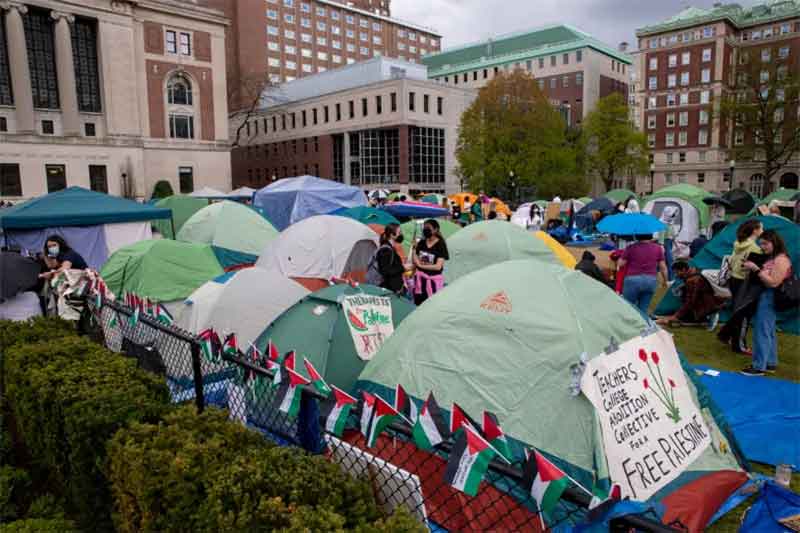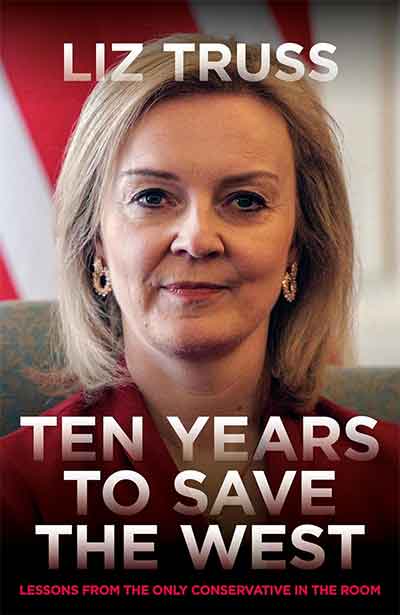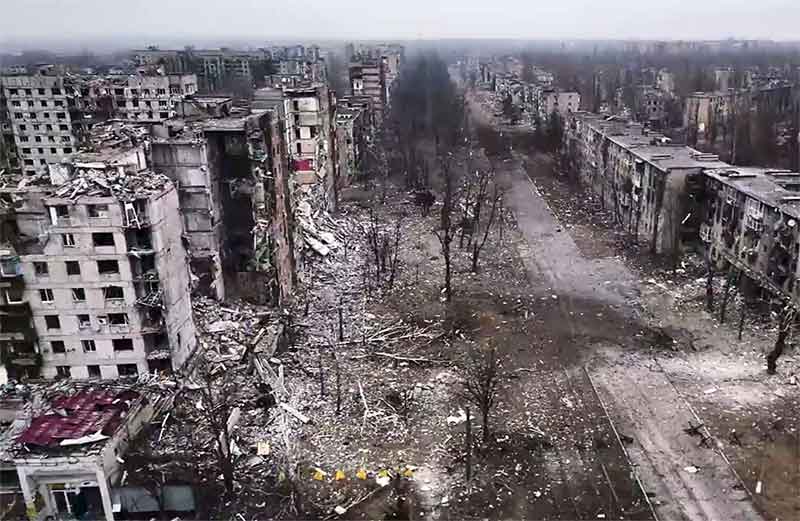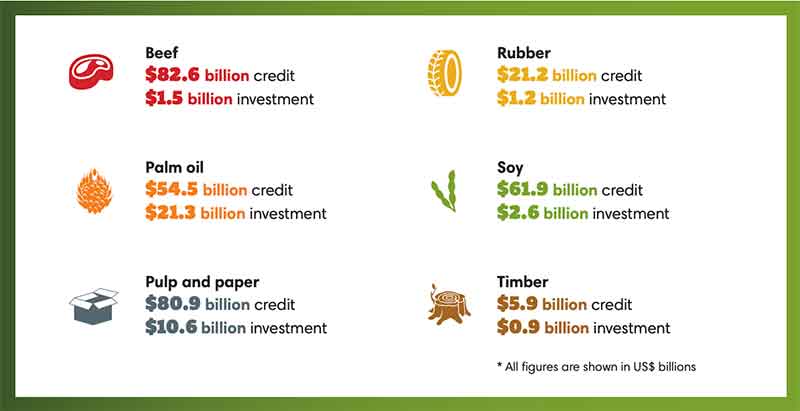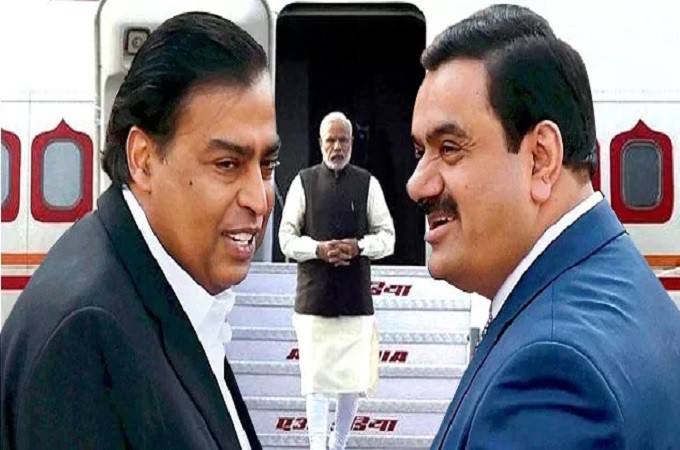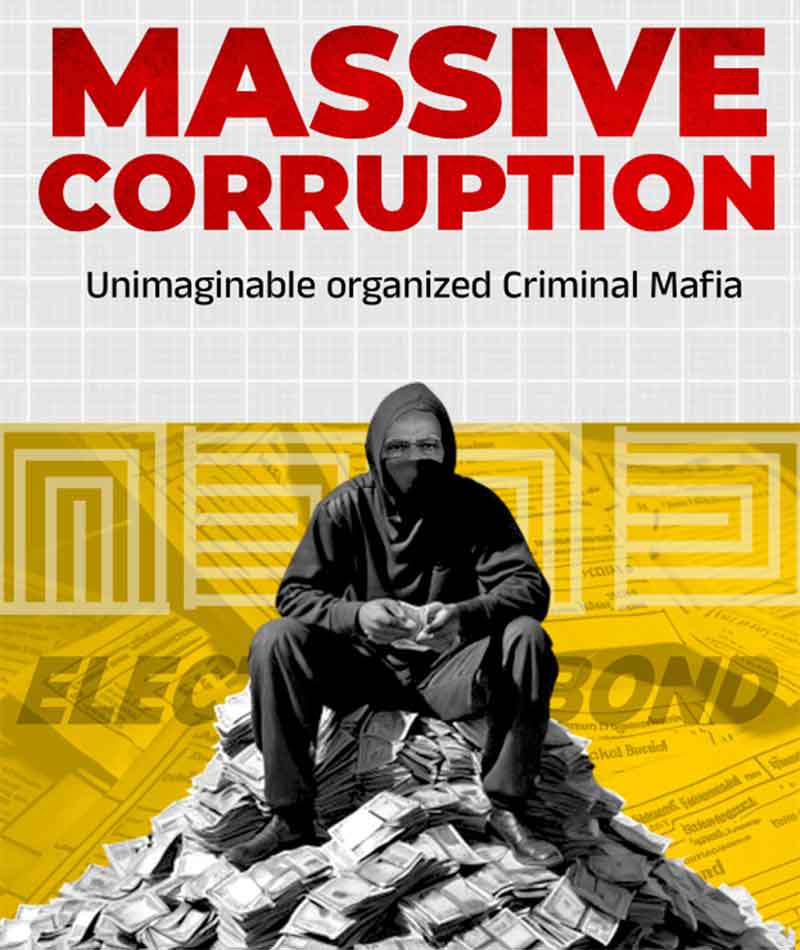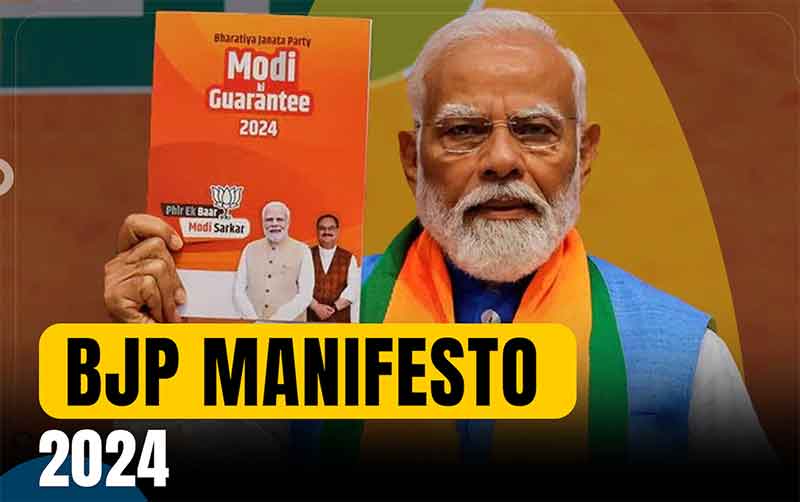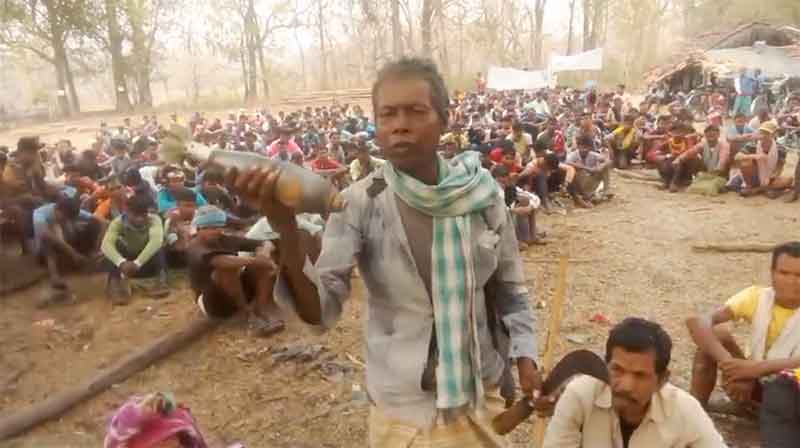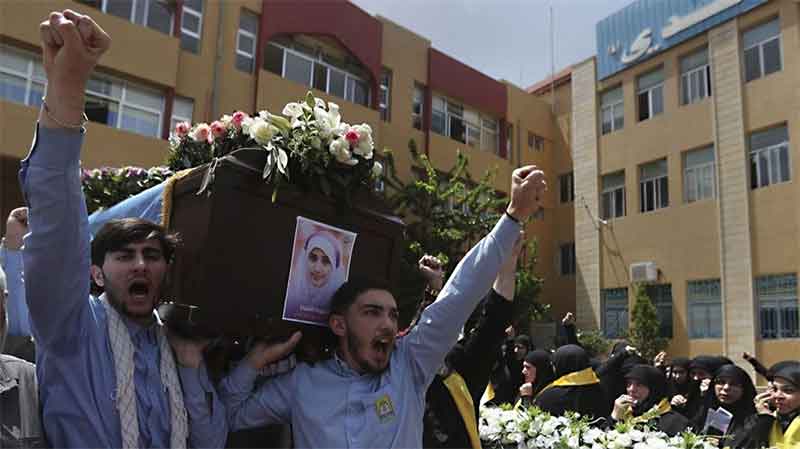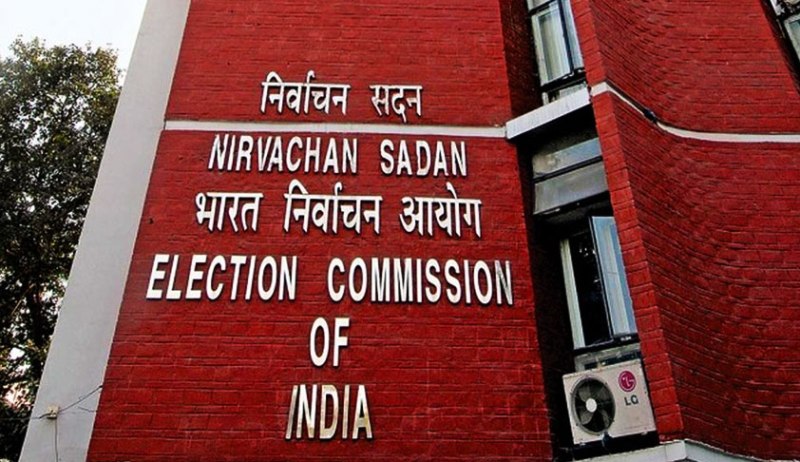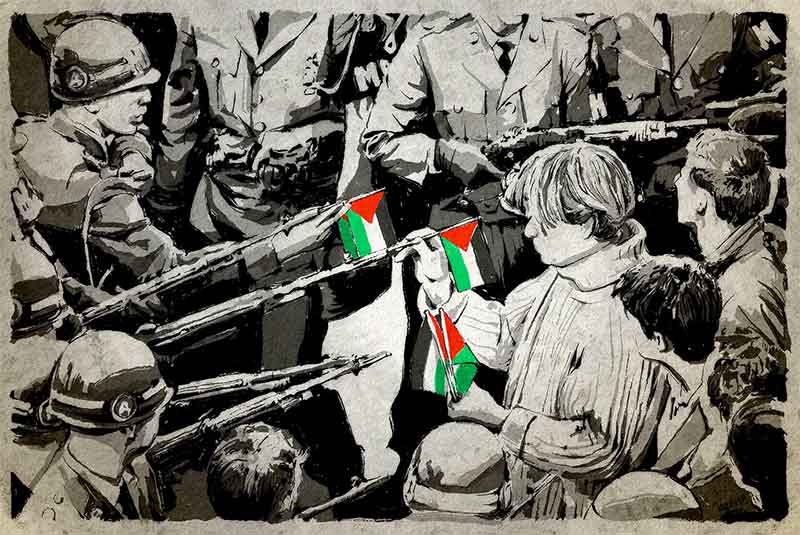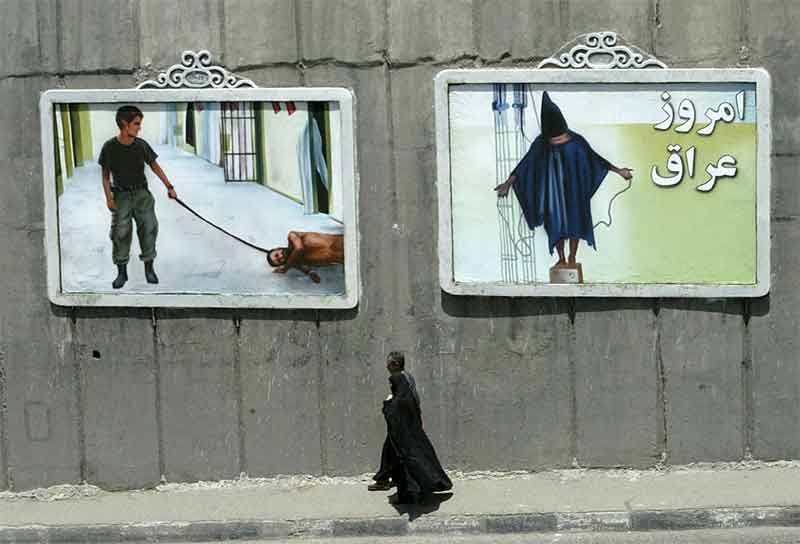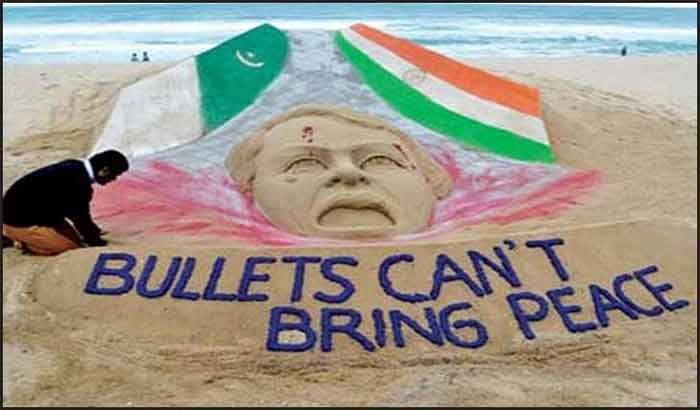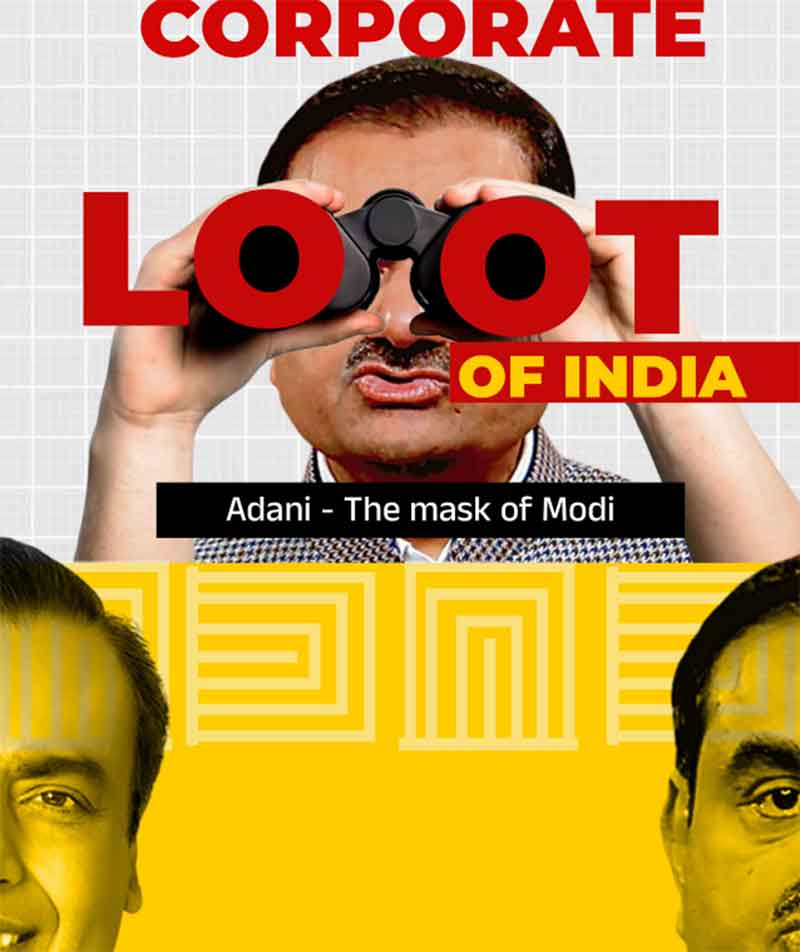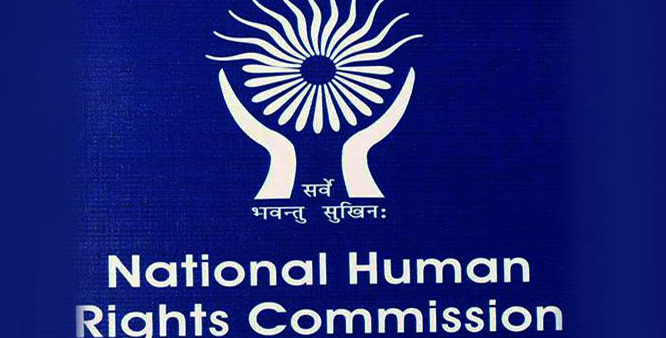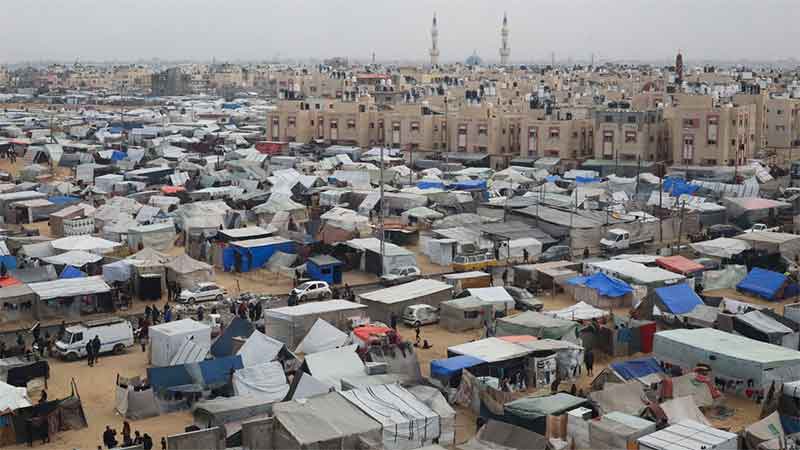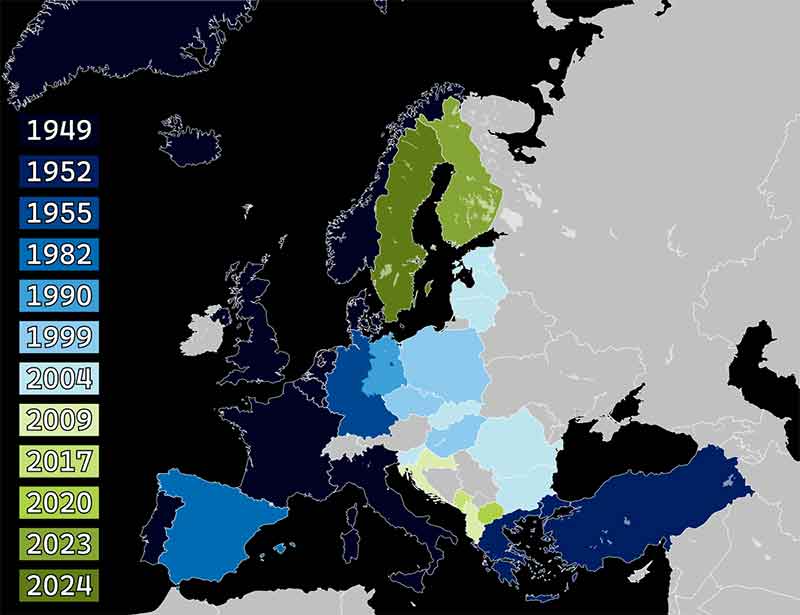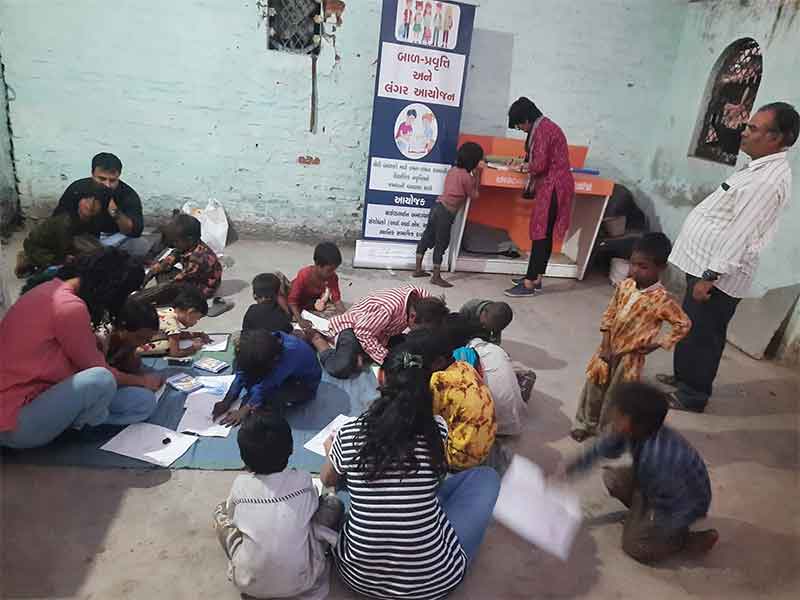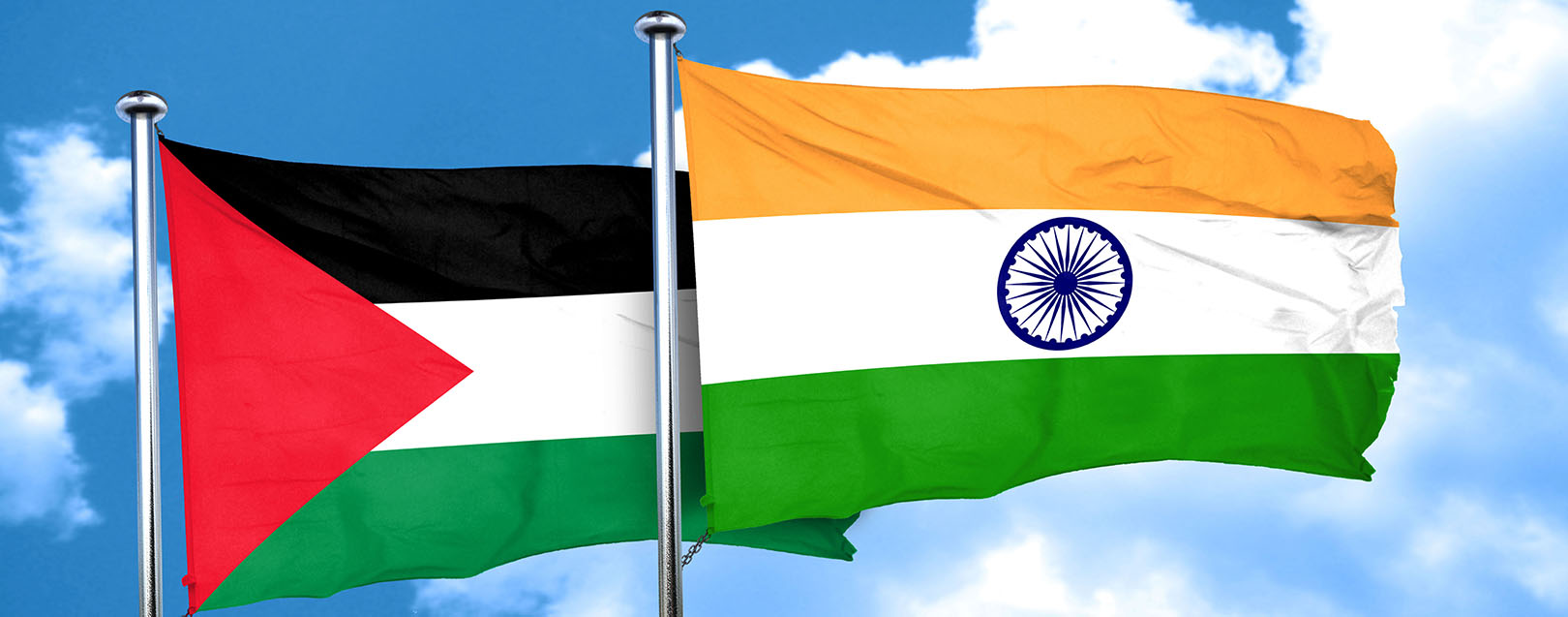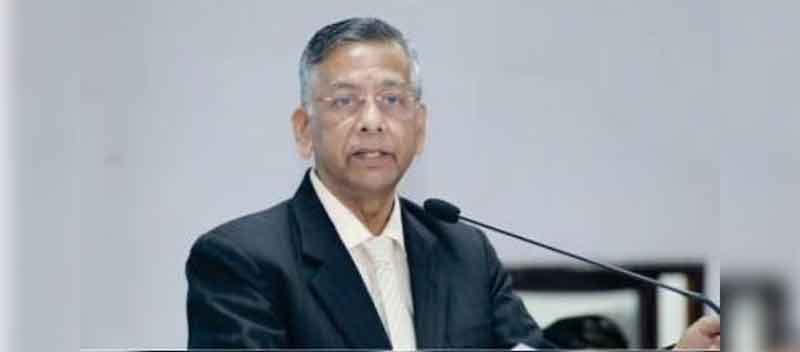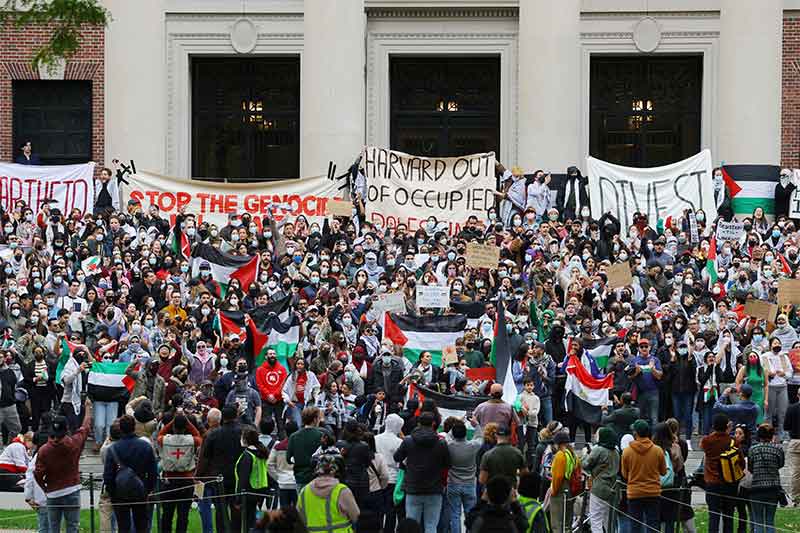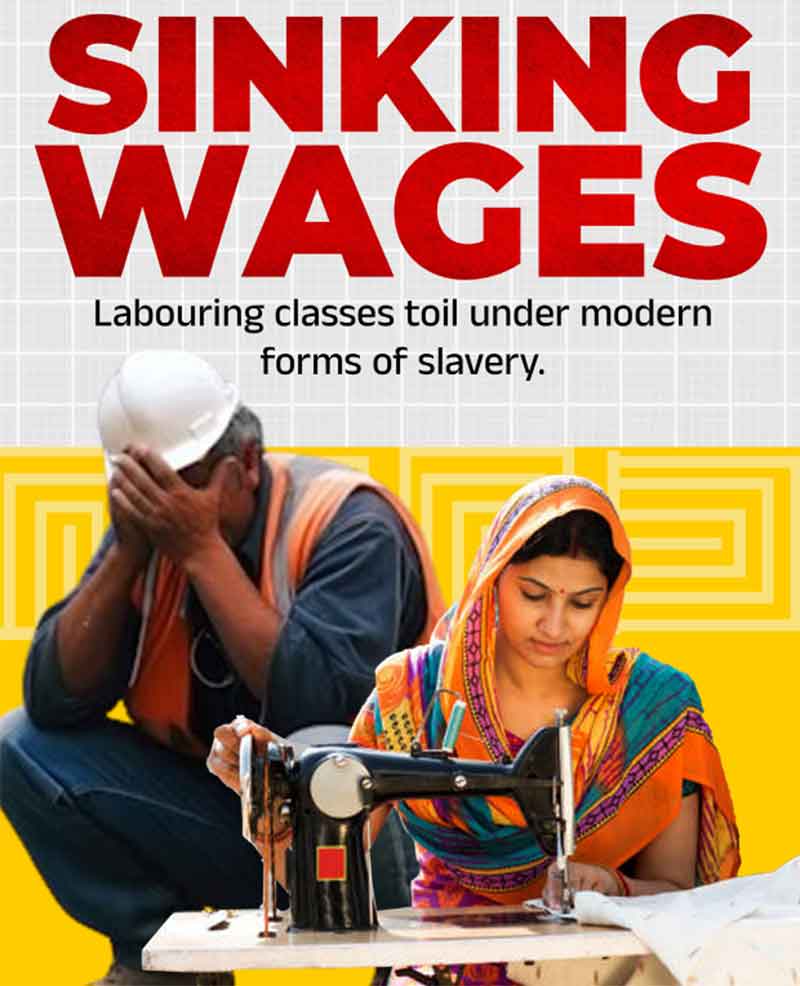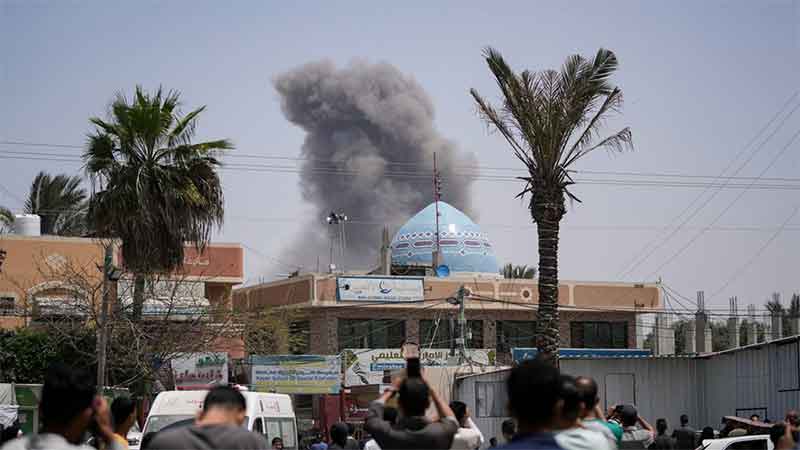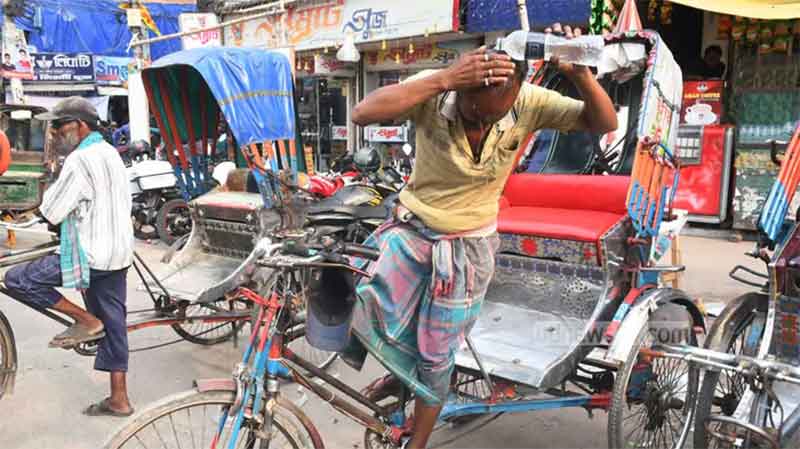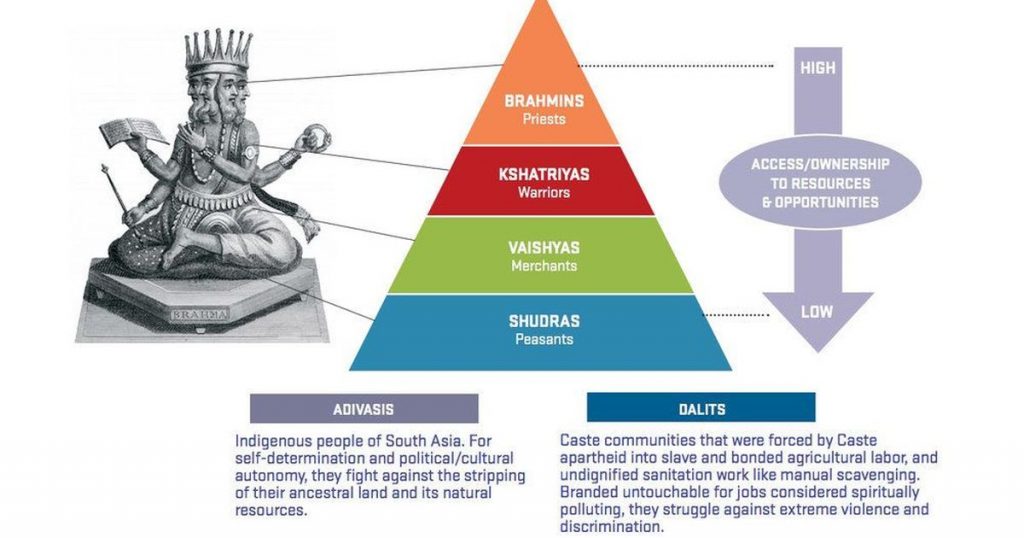
Dead capital is the capital that cannot (easily) be converted into investment. Hernando de Soto’s term dead capital could have been about India as well.
The country has a huge stock of informal assets held by the poor that is not recognised by the law, but worth in billions. De Soto’s story however captures only one side of the Indian reality. Unlike other countries, our rich and powerful have a greater stock of dead capital, even when it is formal and recognized by property law.
The caste system is about the systematic transfer of the surplus produced by the Bahujans into the hands of the Upper Castes, which they converted into dead capital, taking it out of the economy by sacralising it as God’s property. God’s property is obviously the common property of the Upper Castes but the important point is it becomes uninvestable by sacralisation. The ‘temple treasure’ of Thiruvananthapuram is an illustrative case in point.
Caste cannot be called a mode of production proper because, at least in many regions, the surplus extractors were not part of the production process at all. And appropriation happened post production, not though production.
Caste is not a division of labour either. Because it is about who has to work and who does not have to. It forced all work on the Bahujans and all fruits of labour over to the savarnas.
Caste system actually liberated the Upper Castes from division of labour, production process and from economy itself. Because not accumulation, but appropriation of Bahujan lives- not just surplus or wealth, is the logic of caste. Caste prohibited Bahujans from owning anything at all, including their own bodies, they were not even entitled to their own children.
The Upper Castes collectively converted much of the appropriated Bahujan wealth into dead capital, frozen as temple property or gold in most cases. Even when the wealth was in the custody of individual Brahmins, they did not make use of it as investment since they were prohibited from engaging with economy. Since much of the savarna lands before British were tax free, they had no compulsions either to do so. (Tax was on the produce, not on the land).
The increased creation of NPAs as unearthed by Abir Dasgupta and others point to the return of the caste mode of appropriation of Bahujan wealth and its conversion into dead capital by fake businessmen. The fascist regime has taken so much money out of the economy by different ways and handed it over to uninvesting capitalist pretenders, who are neither crony nor capitalists. They are savarna appropriators.
Indian fascism is an ideology emanates from the bloodsucking dead capital, it colonises life itself, not just labour. Dead capital is the negation of material life. Fascism is the rule of dead capital.
Kuriakose Mathew is a PhD Candidate at IIT Bombay, Mumbai

